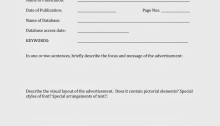Talking about Methods
This semester, I am teaching a course titled “Social Science Approaches to the American Past.” It’s in one of the interdisciplinary programs on campus, with the stated goal of teaching students how social scientists think. This has been an interesting challenge for me as a teacher and a historian (particularly a historian who leans more…

